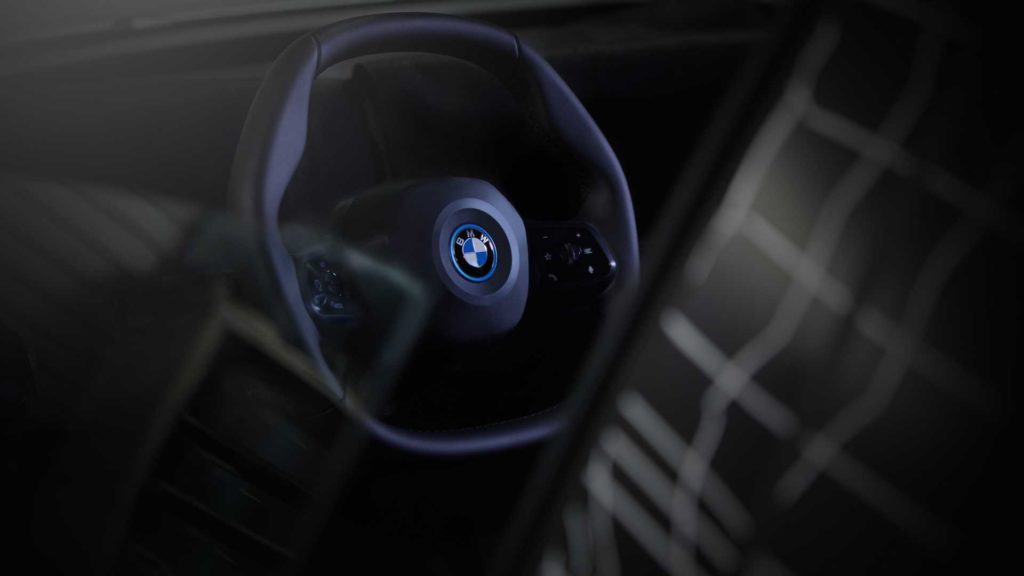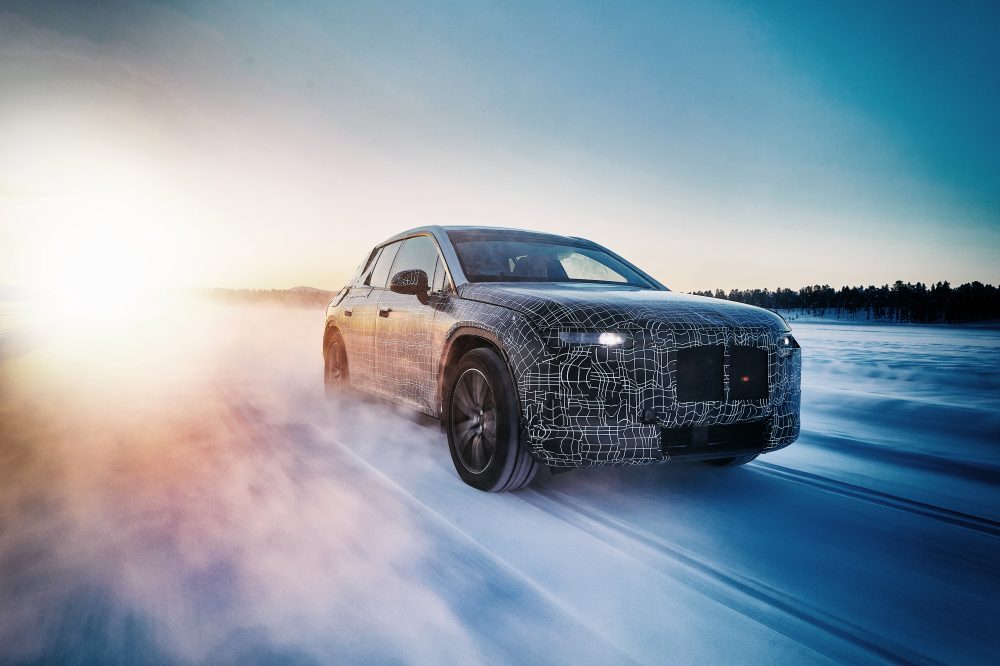According to a report from the NHTSA (National Highway Traffic Safety Administration of the United States), next year, BMW will introduce its new level 3 autonomous driving system, debuting the iNEXT electric SUV (name not yet final).
The BMW system will not only allow hands-free driving but will not require the driver to pay attention to the road (although he will have to be awake and with his seatbelt fastened). However, this function will only be available on certain selected roads; the weather also limits its operation.
The assistant will operate at a maximum of 85 mph and will be able to overtake other vehicles by changing lanes. At the hardware level, the iNEXT will use a LiDAR sensor to complement the assortment of cameras and radars that we will find around the perimeter of its body. The LiDAR will be of Innoviz origin, an Israeli company.

A camera will monitor the driver at all times to prevent them from falling asleep. At the same time, a battery of lights on the steering wheel, audible alerts, and vibrations in the seat will warn the driver when he has to take control of the car. Something that could happen if the weather changes abruptly or if the road we are driving on ends.
According to BMW spokesman Alex Schmuck, ignoring the vehicle’s warnings repeatedly will crash the system temporarily. If the driver ignores the signals, the car will turn on the hazard lights, stop on the shoulder (if possible), and make an emergency call.
Although most of the technical characteristics of the iNEXT are still unknown, BMW recently confirmed that it will have an intelligent all-wheel-drive system that will improve the vehicle’s off-road performance as a heat pump air conditioning system. This solution will stand out for its efficiency.

